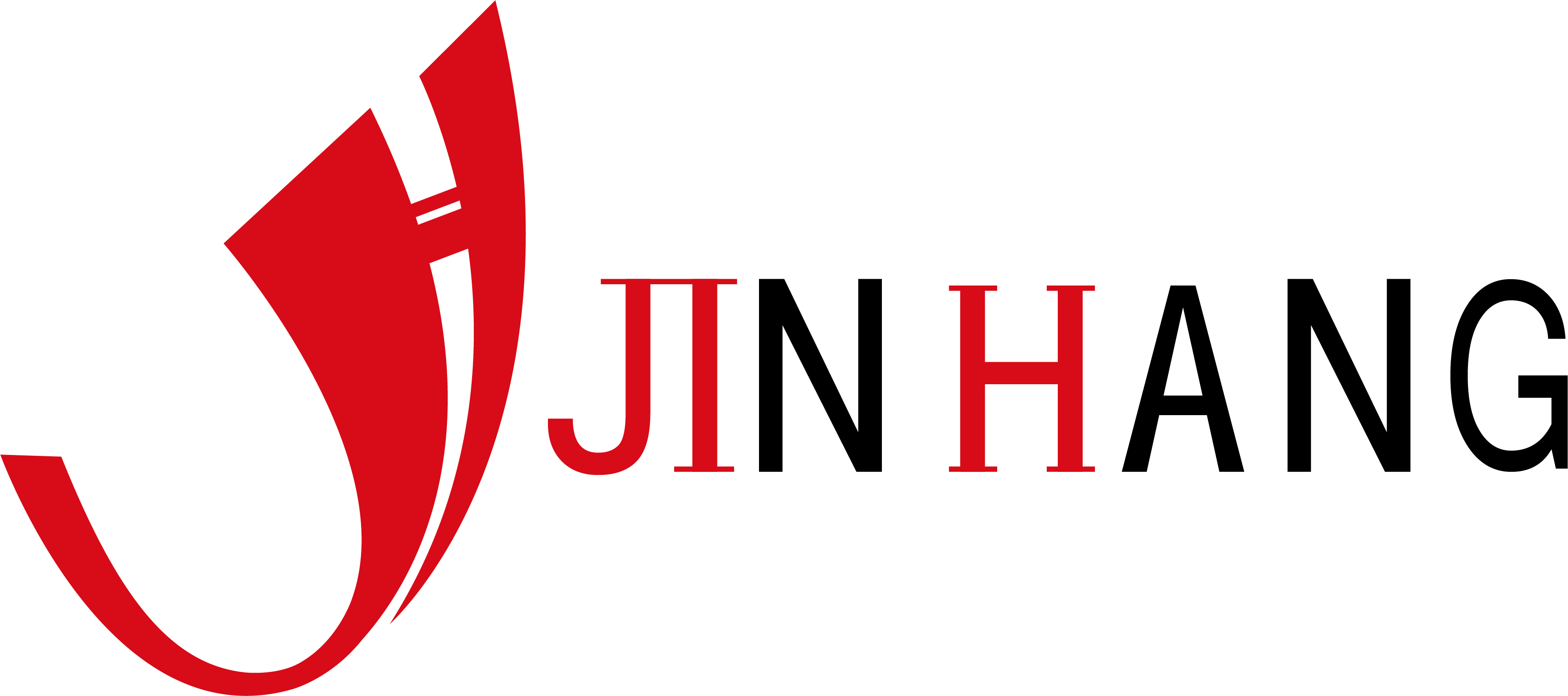What is the difference between industrial roller chrome plating and tungsten carbide coated rollers?
In the field of industrial production, rollers, as key transmission, guiding and processing components, are widely used in papermaking, printing, metal processing, plastic film manufacturing and other industries. In order to improve the service life and working efficiency of the roller, the surface of the industrial roller is usually specially treated, among which chrome plating and tungsten carbide coating are two common and effective surface treatment methods. These two coatings have their own characteristics and are suitable for different working environments and process requirements.
So, what are the specific differences between industrial roller chrome plating and tungsten carbide coated rollers? This article will discuss in detail from multiple angles including material properties, manufacturing process, performance, application scenarios and cost.
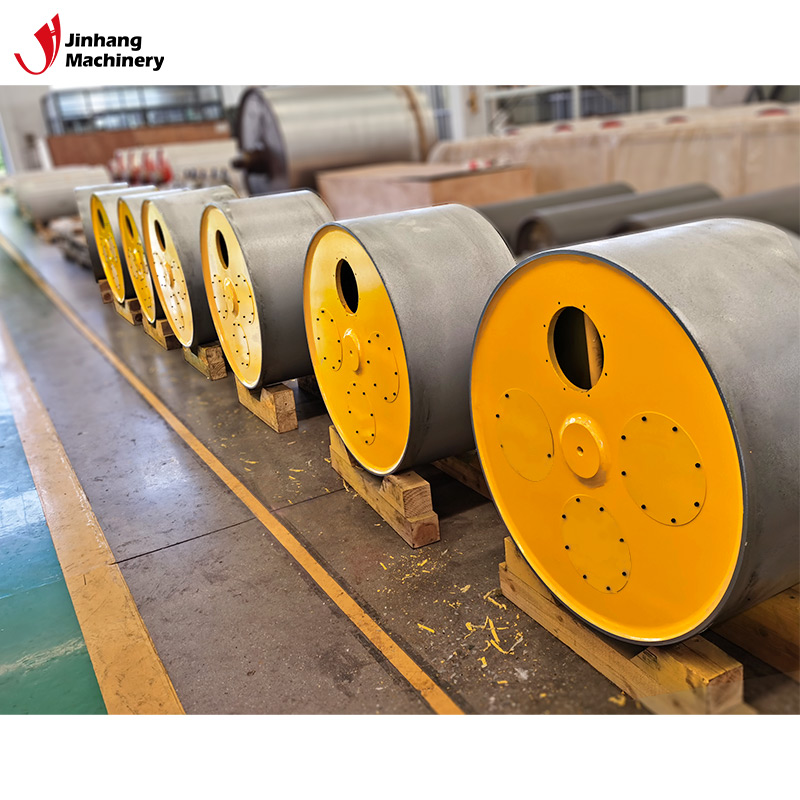
What is the difference between industrial roller chrome plating and tungsten carbide coated rollers?
1. Differences in material properties
To understand the difference between chrome and tungsten carbide coated rollers, you first need to understand the basic properties of these two materials.
Chrome plating
Chrome plating is a technology that deposits a layer of chromium metal on the roller surface through an electroplating process. As a transition metal, chromium has a silvery-white luster, high hardness and good corrosion resistance. The hardness of the chrome plating is usually between 600 and 1000 Vickers (HV), which makes it extremely resistant to wear and scratching. In addition, chromium has good antioxidant properties and can remain stable in most acid and alkaline environments.
The thickness of the chrome plating layer is usually between a few microns and tens of microns, and the choice of thickness mainly depends on application requirements and process conditions. Thin chrome plating layers are mainly used for corrosion protection and decoration, while thick chrome plating layers are used to improve the wear resistance and corrosion resistance of the surface.
Tungsten Carbide Coating
Tungsten carbide (WC) is a compound composed of tungsten and carbon elements. Its hardness is close to that of diamond and it is one of the hard materials commonly used in industry. Tungsten carbide coating is usually applied to the roller surface by processes such as thermal spraying, plasma spraying or laser cladding. The hardness of tungsten carbide coating is usually between 1200 and 2000 Vickers hardness (HV), which is much higher than chrome plating.
Tungsten carbide not only has extremely high hardness, but also has excellent corrosion resistance and high temperature oxidation resistance. It can remain stable in extreme environments and is not easily worn or corroded, so it is widely used in high-intensity and high-wear workplaces.
2. Differences in manufacturing processes
There are significant differences in the manufacturing processes of chrome plating and tungsten carbide coatings, and these differences directly affect the performance and application results of the coatings.
Chrome plating process
The chrome plating process mainly includes three steps: pre-treatment, electroplating and post-treatment.
● Pretreatment: The roller surface must first be cleaned, pickled, etc. to remove oil, oxides and other impurities on the surface to ensure that the surface is clean and reaches an appropriate roughness.
● Electroplating: During the electroplating process, the roller is immersed in the electroplating solution as the cathode. The electric current reduces the chromium ions and deposits them on the roller surface to form a uniform chromium plating layer. The process parameters such as the ratio of the plating solution, current density, temperature and time need to be strictly controlled to ensure the quality of the chrome plating layer.
● Post-processing: After electroplating, the roller usually needs to be polished, passivated and other treatments to improve the surface finish and corrosion resistance.
The chrome plating process is relatively mature, the equipment cost is low, and the process operation is relatively simple. However, the treatment of waste liquid in the chrome plating process requires special attention, and the treatment and discharge of chromic acid waste liquid are subject to strict environmental regulations.
Tungsten Carbide Coating Process
The preparation process of tungsten carbide coating is more complicated. Common process methods include thermal spraying, plasma spraying and laser cladding.
● Thermal spraying: Tungsten carbide powder is heated to a molten or semi-molten state by a high-temperature flame, and then sprayed onto the roller surface at high speed to form a dense coating. The thermal spraying process is flexible and suitable for coating large areas.
● Plasma spraying: The high temperature generated by the plasma arc is used to heat the tungsten carbide powder to a molten state, and then it is sprayed onto the roller surface through a high-speed airflow. Plasma spraying can form coatings with extremely high density and strength, but the equipment cost is high and the process requirements are strict.
● Laser cladding: The laser beam heats the tungsten carbide powder and the substrate surface simultaneously to a molten state, forming a metallurgically bonded coating. Laser cladding coatings have high bonding strength and good density, and are suitable for high-precision and high-requirement coating processes.
Although the tungsten carbide coating process is complicated, it can obtain a coating with extremely high hardness, wear resistance and corrosion resistance, and the coating thickness can be precisely controlled according to requirements.
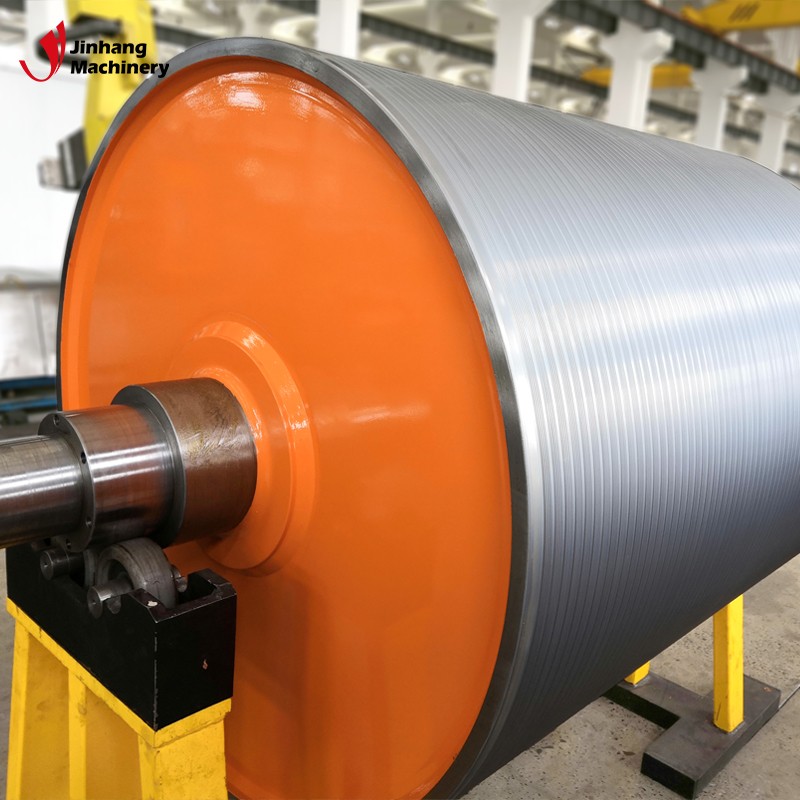
3. Difference in performance
Chrome plating and tungsten carbide coatings have significant differences in performance, which determine their suitability for different applications.
Wear resistance
The hardness of tungsten carbide coating is much higher than that of chrome plating, and its wear resistance is also better. In high-intensity wear environments, such as steel rolling and extrusion processes, tungsten carbide coatings exhibit extremely high wear resistance. Even under long-term, high-load conditions, the coating is not prone to wear and peeling. .
In contrast, although the chrome plating layer also has good wear resistance, it may wear out earlier or even fail in an extremely high wear environment. Therefore, chrome-plated rollers are more suitable for applications under moderate wear conditions, such as printing, papermaking and other fields.
Corrosion resistance
Tungsten carbide coating also performs well in corrosion resistance, especially in harsh environments such as high temperature, high humidity, acid and alkali. Tungsten carbide coating can operate stably for a long time and is not easily corroded or oxidized.
Although the chrome plating layer also has a certain degree of corrosion resistance, its corrosion resistance may not be as good as that of tungsten carbide coating in strong acid, strong alkali or high temperature environment. Therefore, in more corrosive environments, tungsten carbide coated rollers will generally outlast chrome plated rollers.
4. Difference in heat resistance
Tungsten carbide coating has extremely high heat resistance and can maintain its physical and chemical stability under high temperature conditions. The coating is not prone to softening, melting or oxidation. Therefore, in high temperature processing techniques such as hot rolling and hot pressing, tungsten carbide coated rollers are more suitable.
The heat resistance of the chrome plating layer is relatively weak. In a high temperature environment, the hardness of the chrome plating layer may decrease due to the increase in temperature, resulting in a decrease in wear resistance and corrosion resistance.
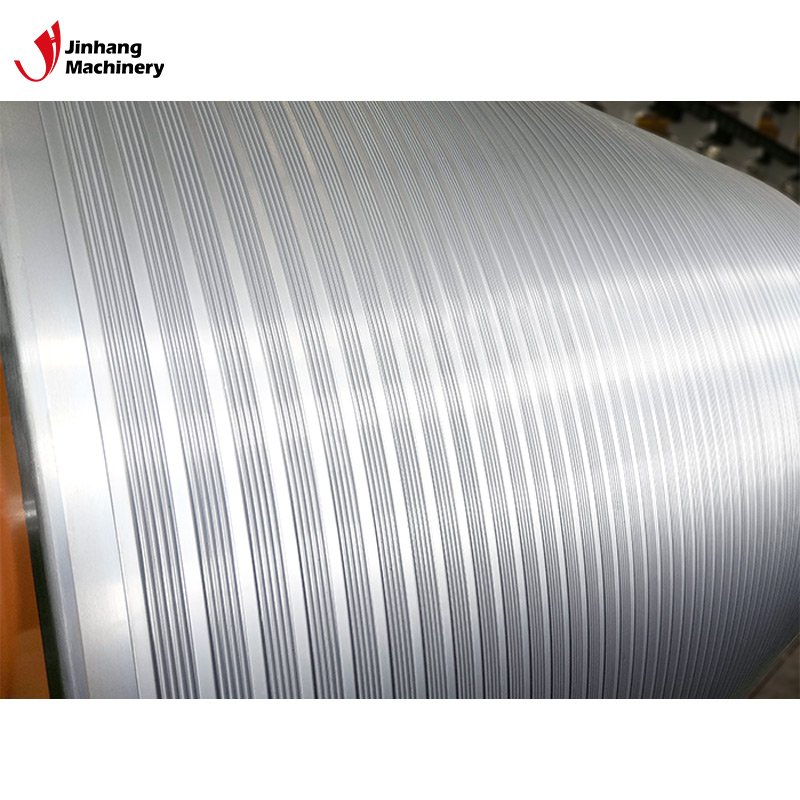
5. Differences in application scenarios
Chrome-plated rollers and tungsten carbide coated rollers are suitable for different industrial application scenarios due to their differences in performance.
Application of chrome-plated rollers
Chrome-plated rollers are widely used in industries with moderate requirements for wear resistance and corrosion resistance and relatively mild working conditions, such as:
● Printing industry: In printing equipment, chrome-plated rollers are used for conveying and pressing paper and plastic films. Since the chrome-plated layer has a smooth surface and a low friction coefficient, it can ensure the stability of printing quality.
● Papermaking industry: Chrome-plated rollers are used for calendering and smoothing of paper during the papermaking process. Due to their good wear resistance and corrosion resistance, they can maintain the smoothness of the roller surface for a long time and ensure the quality of the paper.
● Plastic processing: In the production process of plastic films and sheets, chrome-plated rollers are used to cool, calender and surface treat the materials. The smoothness and wear resistance of the chrome plating help improve the surface quality of the product.
Application of Tungsten Carbide Coated Roller
Tungsten carbide coated rollers are suitable for working conditions with extremely high requirements for wear resistance, corrosion resistance and heat resistance, such as:
● Metal processing: In the rolling and extrusion process of metal sheets, tungsten carbide coated rollers can maintain stable performance under high pressure, high temperature and high speed conditions due to their extremely high hardness and wear resistance, thus extending the service life of the equipment. .
● Petrochemical: In the field of petrochemical, tungsten carbide coated rollers are used to handle process media such as strong acids, strong alkalis, and corrosive gases. Their excellent corrosion resistance can effectively resist chemical erosion.
● Aerospace: Tungsten carbide coated rollers are used in the processing and forming processes of aerospace materials. Due to their excellent heat resistance and wear resistance, they can meet the needs of high-precision and high-strength processing.
6. The difference between cost and economy
There are also significant differences between chrome plated rollers and tungsten carbide coated rollers in terms of cost and economy.
Cost of Chrome Plated Rollers
The manufacturing cost of chrome-plated rollers is relatively low, mainly because the chrome-plating process equipment cost is low, the process is simple, and the material price is relatively cheap. Therefore, in many industrial fields, chrome-plated rollers are widely used due to their high cost-effectiveness. However, due to the poor durability of the chrome plating in high-wear and high-corrosion environments, more frequent maintenance and replacement may be required, which to some extent increases its life cycle cost.
Cost of Tungsten Carbide Coated Rollers
The manufacturing cost of tungsten carbide coated rollers is relatively high, mainly due to the expensive coating materials, complex processes, and large equipment investments. However, due to its excellent durability, tungsten carbide coated rollers can often operate stably for a long time under extreme working conditions, reducing equipment downtime and maintenance costs. Although the initial investment is larger, in the long run, tungsten carbide coated rollers may be more economical in certain applications.
In summary, there are significant differences between industrial roller chrome plating and tungsten carbide coated rollers in terms of material properties, manufacturing process, performance, application scenarios and costs. Chrome-plated rollers are suitable for working conditions under moderate wear and corrosion conditions, such as printing, papermaking and plastic processing, due to their good wear resistance and corrosion resistance. Tungsten carbide coated rollers are suitable for working conditions in high wear, high corrosion and high temperature environments, such as metal processing, petrochemicals, aerospace and other fields due to their extremely high hardness, corrosion resistance and heat resistance.
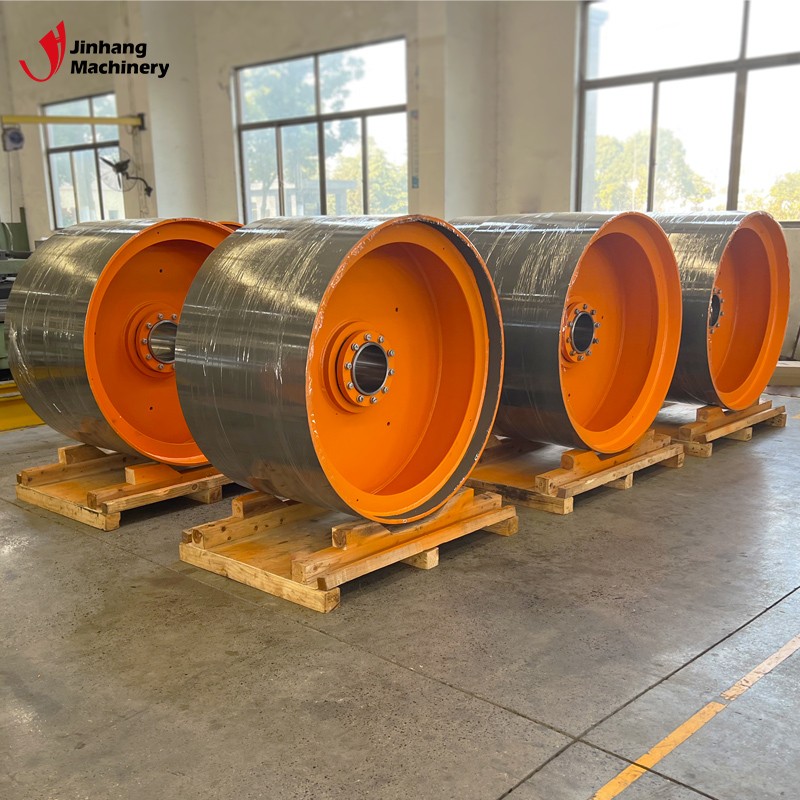
At JH Machinery, we understand the importance of high-quality industrial rolls in achieving operational success. That's why we've been dedicated to manufacturing premium rolls, such as ceramic anilox rolls, tungsten carbide rolls, and cooling rolls, since 2001. With ISO9001 With certification and advanced equipment, our products meet the needs of industries like mining, packaging, and automotive testing. Buy directly from our factory and enjoy factory-direct prices, bulk discounts, and professional service.
